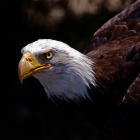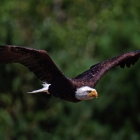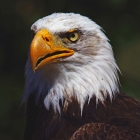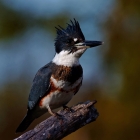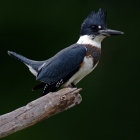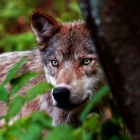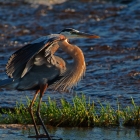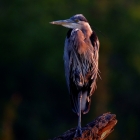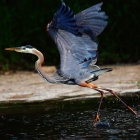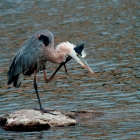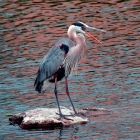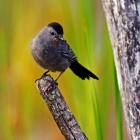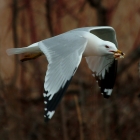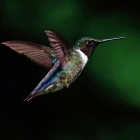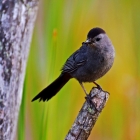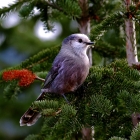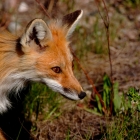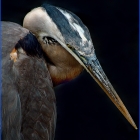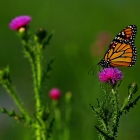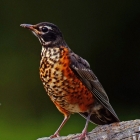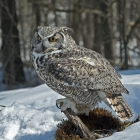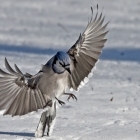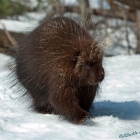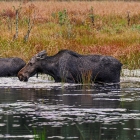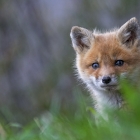Algonquin
The essence of Algonquin is in its vast interior of maple hills, rocky ridges, and thousands of lakes. The only way to explore the interior of this park is by canoe or on foot.
Wildlife Viewing
Algonquin offers good opportunities for wildlife, and is unequalled in Ontario for seeing moose. Moose viewing is best in spring, early summer and during the mating season in late September.
White-tailed deer and bear also inhabit the Park. Algonquin is famous for its Wolves which are heard but not often seen.
More than 260 bird species have been recorded in the Park. Many southern and overseas birders make special trips to Algonquin just to see northern specialties such as the Gray Jay and the Spruce Grouse, not to mention the rich variety of warblers or Algonquin's most famous bird of all -- the Common Loon, found nesting on just about every lake.
Over 2,400 lakes and 1,200 kilometres of streams and rivers are located within the park. It is the oldest provincial park in Canada having been established in 1893. Additions since its creation have increased the park to its current size of about 7653 square Kilometers.
Photos from Algonquin Park in Ontario, Canada




